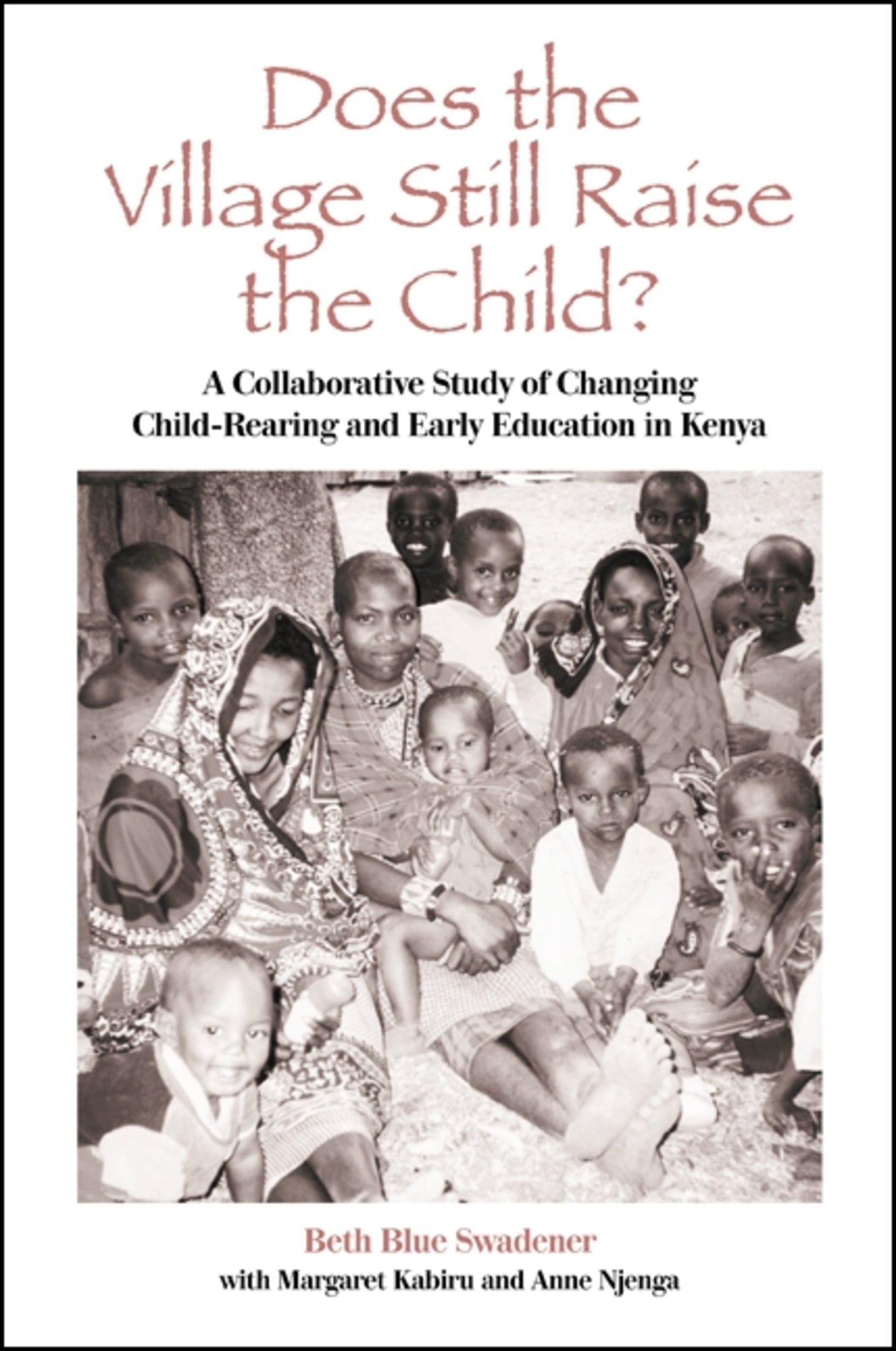We're sorry. An error has occurred
Please cancel or retry.
Does the Village Still Raise the Child?

Some error occured while loading the Quick View. Please close the Quick View and try reloading the page.
Couldn't load pickup availability
- Format:
-
22 September 2000

Considers the impacts of rapid social, economic, and cultural change on child-rearing and early education in Kenya.
Examining the degree to which Kenyan children are still communally raised, this book presents findings from a national collaborative study considering the impacts of rapid social, economic, and cultural change on child-rearing and early education in Kenya. The narratives of over 460 parents, grandparents, preschool teachers, children, and community leaders provide unique insights on the impacts of neo-colonial policies, "development" practices, and national austerity measures on everyday lives of families.
A unique aspect of this book is that it "decolonizes" research through sustained collaboration on all aspects of the study, from design and interview protocol development, to data collection and analysis, through dissemination. This book becomes, then, an invaluable model, for how to do thoughtful, collaborative, comparative research.


"Insightful. Substantive. Makes a major contribution to a sparse literature of early childhood and family ethnographies in Africa written from a collaborative 'decolonized' perspective." — Valerie Polakow, author of Lives on the Edge: Single Mothers and Their Children in the Other America
"Remarkably fine coverage of social and economic variation as it exists in Kenya. A truly superb descriptive feat!" — Philip L. Kilbride, coauthor of Street Children in Kenya: Voices of Children in Search of a Childhood
Acknowledgments
Introduction: Decolonizing Research, Deconstructing Change
Part I. Multiple Contexts for the Study
1. Child-rearing and Early Education in a Changing Kenya
2. A Collaborative Study
Part II. Traditional Communities in Transition: Narok and Samburu
3. Narok District: It Takes Grandmothers to Raise a Maasai Child
4. Samburu District: It Takes a Clan to Raise a Child
Part III. Tea and Coffee Plantations: Kericho and Kiambu
5. Kericho Tea Estates: It Takes Child Care Centers and Older Siblings to Raise a Child
6. Kiambu Coffee and Tea Estates: It Takes a Weighing Station and Supportive Manager to Raise a Child
Part IV. Rural/Agricultural Contexts: Embu and Machakos
7. Embu District: It Takes Tradition and Intergenerational Support to Raise a Child
8. Machakos District: It Takes Preschool Teachers As Health Workers to Raise a Child
Part V. Urban/High Population Density: Nairobi and Kisumu
9. Nairobi: It Takes Money and Partners to Raise a Child
10. Kisumu Municipality: It Takes Ayahs and Preschools to Raise a Child
Part VI. Conclusions, Recommendations, and Reflections
11. Making Meaning: Does the Village Still Raise the Child?
Epilogue: Methodological Reflections
Appendix A: List of Local Collaborators
Appendix B: Research Questions
Appendix C: Research Methodology and Description of Procedures
References
Index



